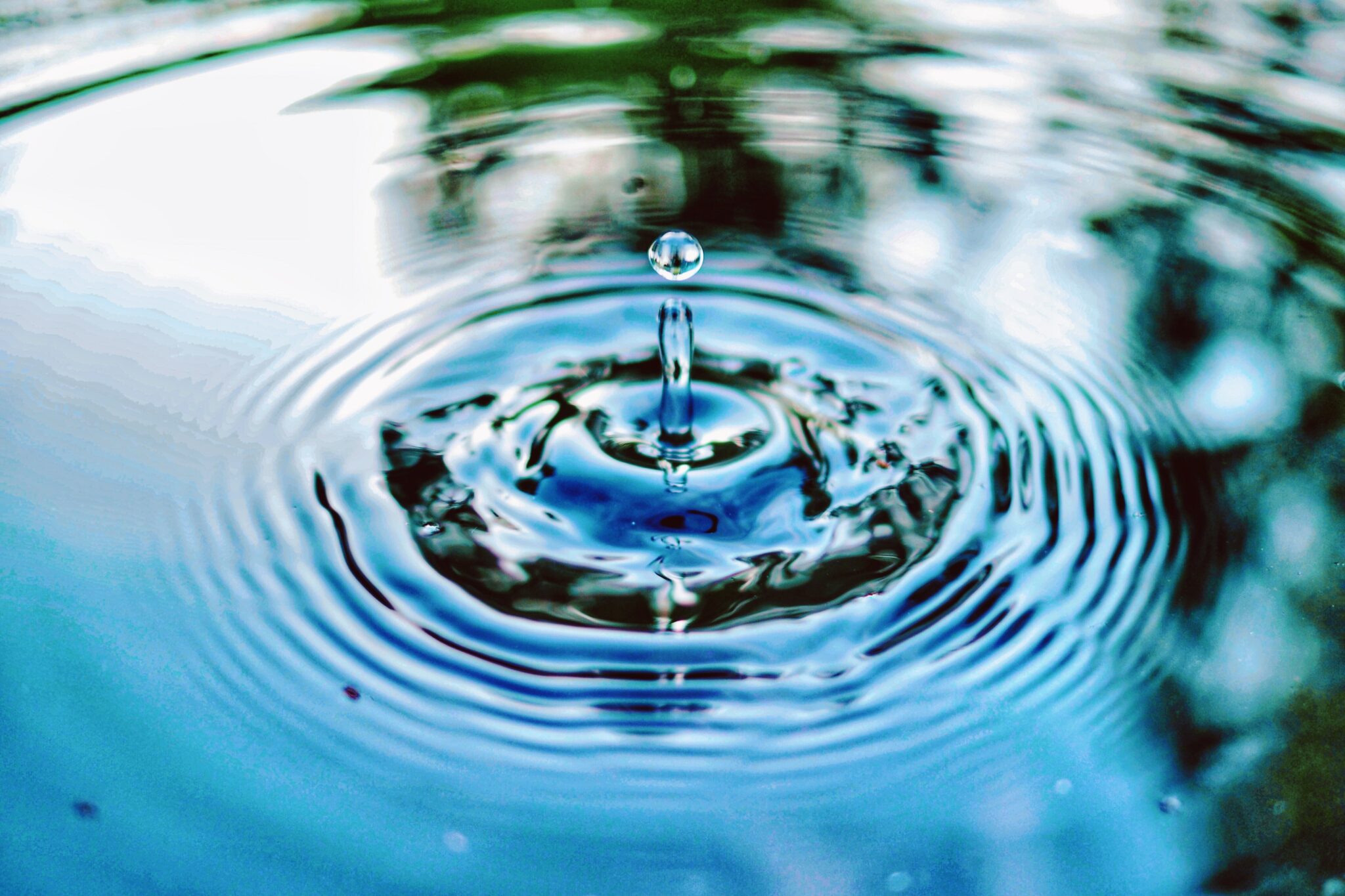Making a Splash: Tourism’s Role in Water Conservation
It’s that time of year again, where drought conditions worsen across the country, while floods threaten and devastate others. Based on where you are located and how strongly those conditions are present in your community, response to drought from municipalities varies from recommendations to improve water conservation, to legal restrictions and outright banning on certain usage. For a country that boasts 20% of the world’s fresh water, we have a lot to learn as “massive data deficiencies for basic freshwater health indicators means we don’t have an informed understanding of the total impact of human activities on our watersheds” (WWF).
For some, response to these conditions is just that – a reactive response. How much forethought and planning is your tourism business or destination doing when it comes to the impacts of water usage and being prepared for potential restrictions? The stark reality is that these drought conditions will be a common occurrence as we face the effects of climate change across the country, which will impact businesses and communities in different ways.
So what can the tourism industry do about it? Regardless of how water restrictions come into effect (i.e. worsening drought, licensing requirements, water quality and contamination etc.), we all depend on it for survival, overall enjoyment and well-being, and for business operations. Luckily, there are some steps we can take in the immediate, medium, and long term to conserve our water resources and support the health of our watersheds:
Actions you can take (indoors):
- Check for leaks! Examine your equipment (i.e. showerheads, faucets, toilets, irrigation systems, etc.) to identify leaks. A leaky toilet can waste up to as much as 20,000L of water in just a 24 hour period.
- Upgrade equipment to low-flow fixtures, looking for models with the Watersense label. This includes any utility sinks, faucet aerators, showerheads, toilets, urinals, etc. These upgrades can also help you achieve significant energy and carbon savings by reducing the amount of heated water used!
- Upgrade dishwashers and washing machines to ENERGY STAR options, which can use between 40 – 45% less water per load. Be sure to only run washers when full.
- Implement a towel or linen reuse policy or program, and train your staff to ensure it is followed by all.
- Invest in grey-water management systems to reuse cleaned water from showers, for flushing toilets or irrigation, ensuring you comply with any health and safety regulations, or consider innovative technologies like the Rainstick shower.
- If you don’t have one, install a water meter – or look for submetering options to better measure your water usage and find efficiencies.
Actions you can take (outdoors):
- Use drought tolerant plants in landscaping, and prioritize native-species and wildflowers to improve biodiversity and support pollinator pathways.
- Adjust your watering schedule between 10pm and 6am, and use mulch at the base of plants to reduce water loss by evaporation.
- Install rain barrels or chains to collect and store water for later use.
- Install drip irrigation for watering, or set a timer if watering is done manually.
Education & Awareness:
If you are currently in a situation where water restrictions are affecting you, use this as an opportunity to educate your guests and visitors! It’s important that you communicate this in advance of the visit, to set the expectation and explain why they might be expected to comply with certain requirements you have set at the property, or why experiences and amenities may be unavailable at the time of visit. Have a look at what Sunshine Coast Tourism has communicated in wake of their own water restrictions for an example.
What next?
Fortunately, the tourism industry has come a long way in developing risk, crisis, and emergency management frameworks to support operators, but we still have a long way to go. If you want to learn more about water in your community and improve your knowledge further in this area, here are a few more resources to help guide you:
- Become an advocate and ensure that water conservation is included and considered in risk, crisis, and emergency management frameworks, as a prevention measure to drought and other water risks, particularly for communities that are at high risk.
- Take the WWF Water Risk Assessment to address water risk and enhance business resilience.
- Expand your perception and understanding of water through the resource library of the Indigenous Climate Hub. Research what efforts are being made in your community that support Indigenous Traditional Knowledge in water management and overall ecosystem health.
Take the Sustainable Tourism 2030 Pledge, include water conservation as part of your commitment, and then complete the assessment to measure your overall sustainability performance, including around best practices for water conservation and pollution prevention.
— Written by Shaylyn Robertson


